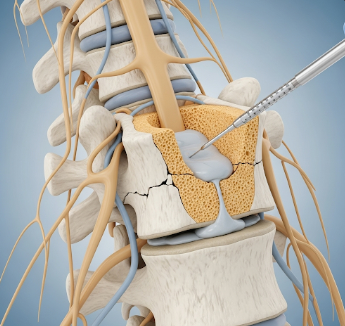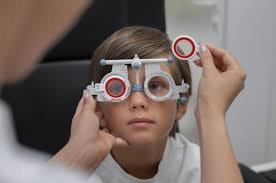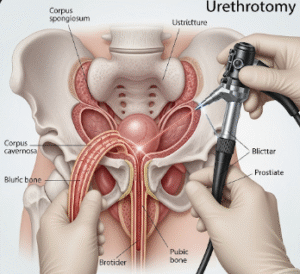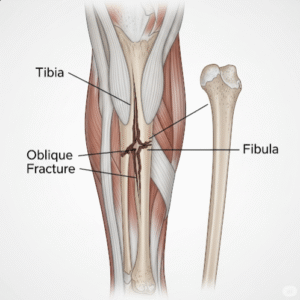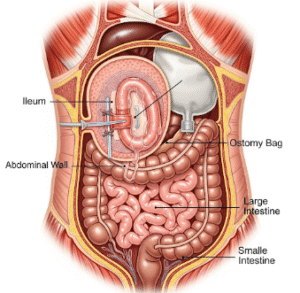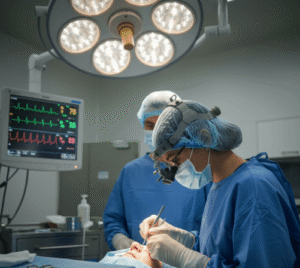Overview
Vertebroplasty is a minimally invasive procedure designed to treat painful vertebral compression fractures, most commonly caused by osteoporosis, trauma, or spinal tumors. During the procedure, medical-grade bone cement is injected into the fractured vertebra to stabilize it, reduce pain, and improve mobility.
South Korea is recognized for advanced spinal care, state-of-the-art imaging, and highly skilled interventional radiologists and orthopedic surgeons. Patients benefit from rapid pain relief, minimally invasive techniques, and comprehensive postoperative care.
Vertebroplasty is typically recommended for patients who:
- ➤ Have severe back pain due to vertebral compression fractures
- ➤ Experience limited mobility or functional impairment
- ➤ Do not respond to conservative treatments like medications or bracing
- ➤ Seek minimally invasive, outpatient spinal intervention
What is Vertebroplasty?
Vertebroplasty involves injecting bone cement (polymethylmethacrylate, PMMA) into a fractured vertebra under fluoroscopic or CT guidance. This procedure stabilizes the vertebra, prevents further collapse, and alleviates pain.
Key points:
- Performed using local anesthesia with sedation or general anesthesia
- Minimally invasive, usually done through a small needle inserted into the vertebra
- Can be performed in thoracic or lumbar spine
- Often combined with kyphoplasty if vertebral height restoration is needed
- Korean hospitals utilize precision imaging, advanced cement delivery systems, and strict sterile protocols
What are the Benefits?
✔ Rapid pain relief from vertebral compression fractures
✔ Stabilization of fractured vertebrae
✔ Minimally invasive with small puncture site
✔ Early mobilization and improved function
✔ High success rates with low complication risk
✔ Korean clinics provide advanced imaging guidance and expert spinal care
Additional benefits include:
- ➤ Reduced need for long-term opioid use for pain management
- ➤ Outpatient procedure with minimal hospital stay
- ➤ Can prevent progressive spinal deformity
- ➤ Safe and effective in elderly patients or those with comorbidities
Procedure Details:
1) How should I prepare for Vertebroplasty?
- ● Medical evaluation: Spine imaging (X-ray, MRI, or CT) to identify fracture location and severity
- ● Medical history: Discuss osteoporosis, medications, allergies, or bleeding disorders
- ● Medication adjustments: Blood thinners may need temporary cessation
- ● Fasting: Usually required if sedation or general anesthesia is planned
- ● Lifestyle preparation: Arrange transportation post-procedure due to limited mobility
- ● Korean hospitals: Provide pre-procedure consultation, imaging guidance, and patient counseling
2) What happens during the procedure Vertebroplasty?
- ➤ Anesthesia: Local anesthesia with sedation or general anesthesia depending on patient needs
- ➤ Procedure steps:
- Patient positioned prone on the procedure table
- Small needle inserted into the vertebral body under fluoroscopic or CT guidance
- Bone cement carefully injected into fractured vertebra to stabilize it
- Needle removed, and puncture site covered with sterile dressing
- ➤ Duration: Typically 30–60 minutes per vertebra
- ➤ Korean advantage: Use of high-precision imaging, controlled cement delivery, and minimally invasive techniques ensures safety and efficacy
3) What happens after Vertebroplasty?
- ● Immediate care: Patient monitored for 1–2 hours post-procedure; vital signs and neurological status assessed
- ● Activity: Most patients can walk within hours; avoid strenuous activity for several days
- ● Pain management: Mild discomfort may persist for 24–48 hours; analgesics prescribed if necessary
- ● Wound care: Keep puncture site clean and dry
- ● Follow-up: Routine imaging and clinical evaluation to ensure vertebral stability and monitor for complications
- ● Korean hospitals: Offer structured follow-up, physiotherapy guidance, and patient education
Risks / Benefits
✔ Benefits:
- ✦ Rapid, effective pain relief from vertebral compression fractures
- ✦ Stabilization of fractured vertebrae
- ✦ Minimally invasive with early mobilization
- ✦ High success rates and low complication risk
⚠ Possible Risks (rare):
- ➔ Cement leakage outside vertebral body
- ➔ Infection at puncture site
- ➔ Bleeding or hematoma
- ➔ Nerve injury causing numbness, tingling, or weakness
- ➔ Allergic reaction to bone cement (very rare)
- ➔ Rare need for repeat procedure if symptoms persist
Recovery and Outlook
- ➤ Immediate recovery: Pain relief often noted within 24–48 hours
- ➤ Activity: Gradual return to normal activity; avoid heavy lifting or high-impact exercise for 1–2 weeks
- ➤ Long-term outlook: Vertebral stabilization reduces risk of further collapse and spinal deformity
- ➤ Korean advantage: Hospitals provide expert follow-up, rehabilitation guidance, and minimally invasive techniques to optimize recovery and long-term spinal health
When To Call the Doctor
Contact your doctor if you notice:
- ⚠ Severe or worsening back pain
- ⚠ Fever, redness, or discharge at puncture site
- ⚠ Neurological changes such as weakness, numbness, or tingling
- ⚠ New or persistent difficulty in walking or movement
- ⚠ Unusual swelling or signs of infection
Best Korea Option / Process
South Korea is a world leader in vertebroplasty and spinal interventions due to:
- 🌟 Highly skilled orthopedic surgeons and interventional radiologists
- 🌟 Advanced imaging and precision-guided techniques
- 🌟 Minimally invasive procedures with rapid recovery
- 🌟 Comprehensive postoperative care including physiotherapy and pain management
- 🌟 Multilingual support for international patients seeking safe and effective spinal care
Top Korean Hospitals for Vertebroplasty:
- ✅ Seoul National University Hospital (Orthopedic & Neurosurgery Dept.)
- ✅ Asan Medical Center
- ✅ Samsung Medical Center
- ✅ Severance Hospital (Yonsei University)
- ✅ Bundang CHA Hospital
✅ Quick Highlights Recap
- ➤ Minimally invasive procedure to stabilize fractured vertebrae using bone cement
- ➤ Rapid pain relief and improved mobility
- ➤ High success rates with low complication risk
- ➤ Rare risks, mostly preventable with expert care
- ➤ Korean hospitals provide advanced imaging, precision-guided techniques, and structured postoperative care

